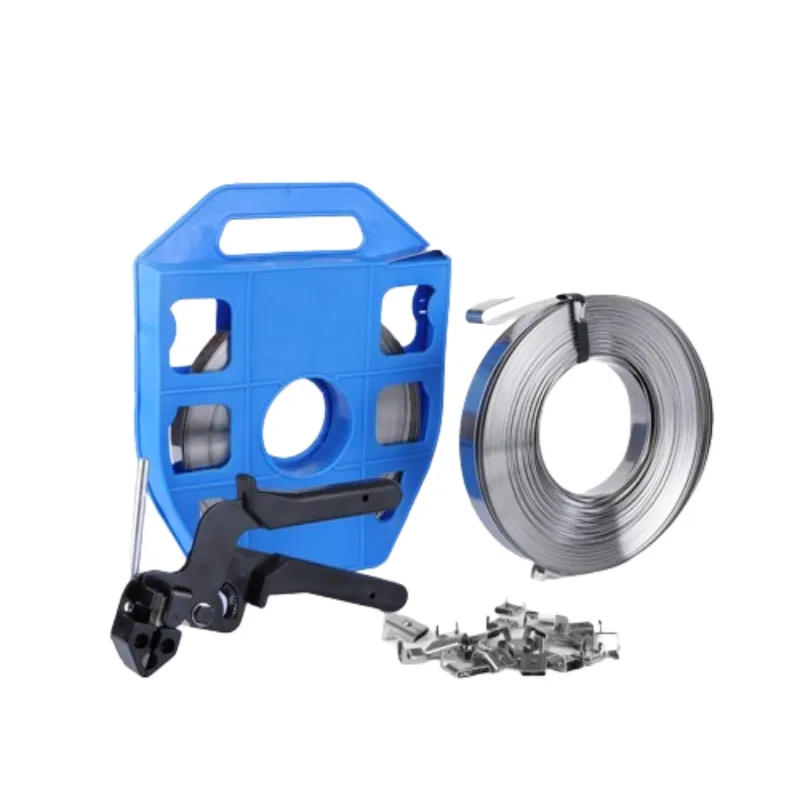
-
 Afrikaans
Afrikaans -
 Albanian
Albanian -
 Amharic
Amharic -
 Arabic
Arabic -
 Armenian
Armenian -
 Azerbaijani
Azerbaijani -
 Basque
Basque -
 Belarusian
Belarusian -
 Bengali
Bengali -
 Bosnian
Bosnian -
 Bulgarian
Bulgarian -
 Catalan
Catalan -
 Cebuano
Cebuano -
 Corsican
Corsican -
 Croatian
Croatian -
 Czech
Czech -
 Danish
Danish -
 Dutch
Dutch -
 English
English -
 Esperanto
Esperanto -
 Estonian
Estonian -
 Finnish
Finnish -
 French
French -
 Frisian
Frisian -
 Galician
Galician -
 Georgian
Georgian -
 German
German -
 Greek
Greek -
 Gujarati
Gujarati -
 Haitian Creole
Haitian Creole -
 hausa
hausa -
 hawaiian
hawaiian -
 Hebrew
Hebrew -
 Hindi
Hindi -
 Miao
Miao -
 Hungarian
Hungarian -
 Icelandic
Icelandic -
 igbo
igbo -
 Indonesian
Indonesian -
 irish
irish -
 Italian
Italian -
 Japanese
Japanese -
 Javanese
Javanese -
 Kannada
Kannada -
 kazakh
kazakh -
 Khmer
Khmer -
 Rwandese
Rwandese -
 Korean
Korean -
 Kurdish
Kurdish -
 Kyrgyz
Kyrgyz -
 Lao
Lao -
 Latin
Latin -
 Latvian
Latvian -
 Lithuanian
Lithuanian -
 Luxembourgish
Luxembourgish -
 Macedonian
Macedonian -
 Malgashi
Malgashi -
 Malay
Malay -
 Malayalam
Malayalam -
 Maltese
Maltese -
 Maori
Maori -
 Marathi
Marathi -
 Mongolian
Mongolian -
 Myanmar
Myanmar -
 Nepali
Nepali -
 Norwegian
Norwegian -
 Norwegian
Norwegian -
 Occitan
Occitan -
 Pashto
Pashto -
 Persian
Persian -
 Polish
Polish -
 Portuguese
Portuguese -
 Punjabi
Punjabi -
 Romanian
Romanian -
 Russian
Russian -
 Samoan
Samoan -
 Scottish Gaelic
Scottish Gaelic -
 Serbian
Serbian -
 Sesotho
Sesotho -
 Shona
Shona -
 Sindhi
Sindhi -
 Sinhala
Sinhala -
 Slovak
Slovak -
 Slovenian
Slovenian -
 Somali
Somali -
 Spanish
Spanish -
 Sundanese
Sundanese -
 Swahili
Swahili -
 Swedish
Swedish -
 Tagalog
Tagalog -
 Tajik
Tajik -
 Tamil
Tamil -
 Tatar
Tatar -
 Telugu
Telugu -
 Thai
Thai -
 Turkish
Turkish -
 Turkmen
Turkmen -
 Ukrainian
Ukrainian -
 Urdu
Urdu -
 Uighur
Uighur -
 Uzbek
Uzbek -
 Vietnamese
Vietnamese -
 Welsh
Welsh -
 Bantu
Bantu -
 Yiddish
Yiddish -
 Yoruba
Yoruba -
 Zulu
Zulu


Medi . 13, 2024 01:47 Back to list
lever hoist safety
Lever Hoist Safety Essential Guidelines for Safe Operation
Lever hoists are versatile tools widely used in various industries for lifting and pulling heavy loads. Their compact design and ease of operation make them an attractive choice for construction sites, warehouses, and maintenance tasks. However, with the advantages they offer also come inherent risks if not used correctly. Therefore, understanding and implementing safety measures is critical for the prevention of accidents and injuries.
Understanding the Basics
A lever hoist operates using a mechanical advantage provided by a lever and a ratchet system, allowing users to lift heavy objects with minimal effort. While they are effective for handling loads, it is essential to recognize the limitations of each hoist. Every lever hoist comes with a manufacturer's rating, including the maximum load it can lift. Users should never exceed this limit, as doing so compromises safety and can lead to equipment failure or accidents.
Pre-Operational Checks
Before using a lever hoist, conducting a thorough inspection is vital. Users should check the entire hoist for any signs of damage or wear, including the chains, hooks, and levers. Any fraying of the chain or deformation of the hooks can compromise the integrity of the hoist. If any parts appear to be damaged, the hoist should be taken out of service until repairs are made or it is replaced. Additionally, ensure that the load is balanced properly and secured before lifting to prevent swinging or tipping.
Proper Rigging Techniques
lever hoist safety

When using a lever hoist, proper rigging is crucial for safe operation. Ensure that the hoist is mounted securely, preferably to a stable and fixed point rated for the weight being lifted. Use appropriate rigging hardware, such as slings and shackles, that meet the load requirements. It's also important to avoid applying side loads to the hoist, as this can lead to dangerous failures. Always face the load being lifted and maintain a safe distance to avoid being caught in the lifting action.
Training and Communication
One of the most critical aspects of lever hoist safety involves training and communication among team members. All personnel involved in the lifting operation should be adequately trained in the use of lever hoists, including understanding the mechanical principles, weight limitations, and safety procedures. Clear communication is paramount—designate a signal person to coordinate the lift, ensuring that everyone on the job site is aware of the operation and can react quickly if needed.
Post-Operation Care
After the lifting operation, it's essential to perform a post-use inspection of the lever hoist. Look for signs of wear or damage that may have occurred during operation. Proper maintenance, such as lubricating moving parts and storing the hoist in a dry place, will prolong its lifespan and reliability. Keeping a maintenance log can also help monitor the condition of the hoist over time.
Conclusion
In summary, lever hoists are invaluable tools for lifting and moving loads but come with significant safety responsibilities. By adhering to proper operational guidelines, conducting regular inspections, using appropriate rigging techniques, ensuring effective communication, and maintaining the equipment diligently, users can significantly reduce risks and contribute to a safer working environment. Always prioritize safety to protect yourself and others around you when using lever hoists.
Latest news
What Are Construction Tools and How Are They Used?
NewsJul.11,2025
Professional-Grade Duct Rodding Tools for Superior Cable Installation
NewsJul.11,2025
Enhancing Safety and Efficiency with Modern Hot Stick Solutions
NewsJul.11,2025
Empowering Cable Installation with Advanced Rodder Solutions
NewsJul.11,2025
Elevate Your Cable Installation Projects with Cable Pulling Tools
NewsJul.11,2025
Efficient Cable Handling Solutions: Cable Rollers for Sale
NewsJul.11,2025











